

In France, starting in 2025, Nestle Waters hydrogen-powered freight trains will use an innovative solution developed by Alstom and ENGIE.
According to its supply chain decarbonization roadmap, Nestle Waters will become Europe's first benefit from large-scale railway freight of hydrogen fuel cell solutions company.
It is estimated that in the long term the project will reduce emissions by 10,000 tonnes of carbon dioxide equivalent per year, or 90 per cent of current emissions. That's the equivalent of more than 30,000 round-trip emissions from Paris each year.
As a major innovation, new hydrogen solutions will be developed from high-power fuel cell systems that can power electric locomotives in non-electrified areas. The solution will enable long-distance cargo transport across the country and Europe.
The freight train, powered by a combined rail contact line and hydrogen, will progressively ensure the transport of VITTEL® natural mineral water between the Vosges plant and its various distribution centres in France (namely, Vittel/Arles 600km and Vittel/Montreux - Bella 'il 76km) from 2025 onwards.
This innovative solution will enable the same electric locomotive to complete all freight journeys, powered by catenary lines on the mains with electricity and hydrogen electricity in areas without electricity.
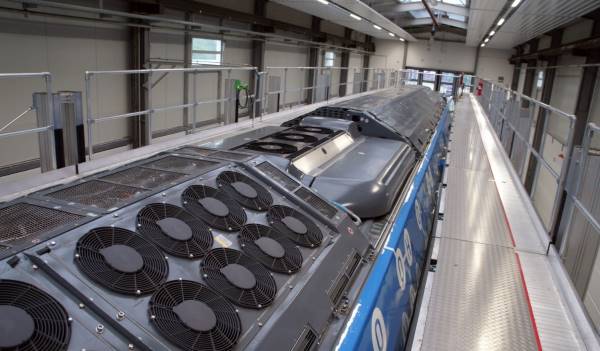
In terms of performance, the solution will
provide all the power of mainline electric locomotives dominated by catenary
lines and provide enough hydrogen power to move freight trains through
non-electrified sections of the line.
ENGIE will provide renewable hydrogen for
the solution through the deployment of an innovative supply chain.
Alstom is a pioneer in hydrogen trains, having developed the world's first commercially operational hydrogen train.
Sebastien Arbola, ENGIE Executive Vice President, Thermal power, hydrogen and energy Supply activities, said:
"Our goal is to accelerate the adoption of hydrogen fuel in the rail industry and to develop innovative solutions for the greening of mass transport, including rail freight. "Therefore, we are looking forward to using the first freight locomotive powered by renewable hydrogen in 2025."
"Going further, this solution, which is more environmentally friendly and less noisy than diesel, will make it possible to develop the intermodal share of rail freight by providing an end-to-end electric solution, which is a real alternative to freight."
"Following our announcement of a partnership with Alstom to supply hydrogen for this new European rail decarbonization solution, Nestle Waters becomes our first prime contractor and the first future user of our solution."
"This is a key step in the development of the project. Hydrogen plays a vital role in the transition to emission reduction for industrial companies, and ENGIE is fully involved."

Nestle Waters has made rail a strategic part of its carbon reduction roadmap
The project, with Alstom and ENGIE, is the latest by Nestle Waters, which has long supported rail in its logistics approach to minimise the environmental impact of transport, equivalent to a quarter of its carbon footprint. While the share of rail freight for French industry averages only 8 to 10 percent of total traffic, for France's Nestle Waters it accounts for nearly 45 percent of the traffic at the Vosges plant.
In 2018, Nestle Waters joined FRET21 and signed an agreement with Agence de la Transition Ecologique-ADEME to take action to reduce the carbon footprint of its product transport flow in France. In 2020, the group set a further target of reducing France's transport-related carbon dioxide emissions by 13 percent by the end of 2022. This objective is based on the following specific actions:
In 2018, the railway line between the PERRIER® plant and the port of Fos-sur-Mer was opened, reducing the number of trucks passing through by 27,000 a year.
In 2019, the EURODUAL hybrid locomotive was launched, saving 1,920 tonnes of CO2 equivalent per year compared to diesel locomotives.
In 2021, the Glass Train project facilitates rail transportation of VITTEL® and S.PELLEGRINO® recyclable glass bottles, reducing traffic by 1,000 trucks per year.
The initiative led by Nestle Waters has reduced carbon emissions from transport by nearly 11 percent since 2020, or about 5,900 tons of CO2E by the end of 2021.
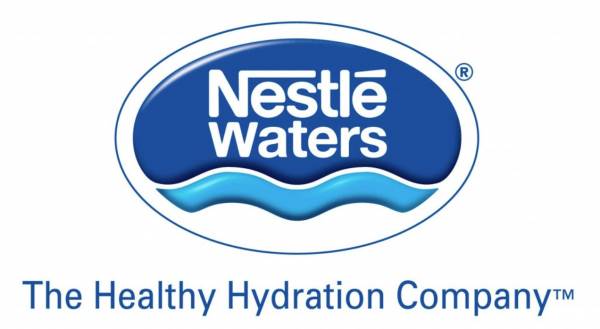
坐标法国,从2025年开始,雀巢饮用水公司(Nestlé Waters)氢动力货运列车将使用一个由阿尔斯通(Alstom)和ENGIE开发的创新解决方案。
根据其供应链脱碳路线图,Nestlé
Waters将成为欧洲第一家受益于大规模铁路货运的氢燃料电池解决方案的公司。
据估计,从长远来看,该项目每年将减少1万吨二氧化碳当量的排放,即减少当前排放量的90%。这相当于每年从巴黎往返3万多趟的排放量。
作为一项重大创新,新的氢气解决方案将从大功率燃料电池系统发展而来,可为非电气化地区的电力机车提供动力。该解决方案将能够在全国和欧洲范围内进行长距离货物运输。
从2025年起,这列由铁路接触网和氢气联合供能的货运列车将逐步确保位于孚日的工厂与其在法国的各个配送中心(即维特尔/阿尔勒600公里和维特尔/蒙特勒-贝拉伊760公里)之间的VITTEL®天然矿泉水运输。
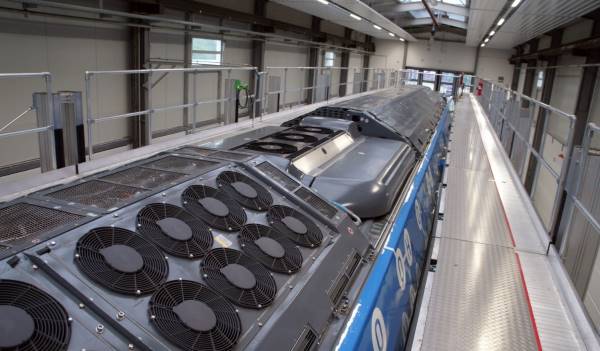
在性能方面,该解决方案将提供接触网为主的干线电力机车的所有动力,并提供足够的氢能动力,使货运列车通过非电气化的线路段。
ENGIE将通过部署创新供应链为该解决方案提供可再生氢气。
阿尔斯通是氢燃料列车的先驱,开发了世界上第一辆商业运营的氢燃料列车。
Sébastien Arbola, ENGIE执行副总裁,负责热发电、氢和能源供应活动,说:
“我们的目标是加速在铁路行业采用氢燃料,并为包括铁路货运在内的大众交通的绿色化开发创新解决方案。因此,我们期待在2025年首次使用可再生氢动力的货运机车。”
“更进一步说,这种比柴油更环保、噪音更小的解决方案,将通过提供端到端电动解决方案,使发展铁路货运的联运份额成为可能,这是货运的真正替代方案。”
“继我们宣布与阿尔斯通合作,为这个新的欧洲铁路脱碳解决方案提供氢气后,Nestlé Waters成为我们的第一个主承包商,也是我们解决方案的第一个未来用户。”
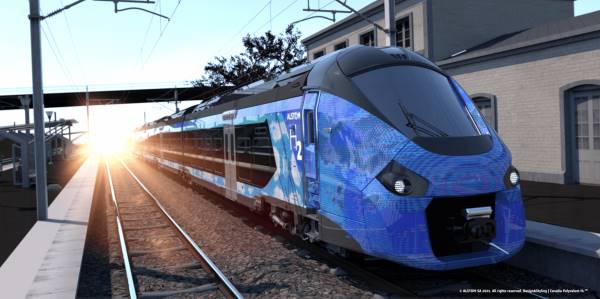
Nestlé Waters将铁路作为其碳减排路线图的战略组成部分
这个与阿尔斯通和ENGIE合作的项目是Nestlé
Waters的最新项目,该公司长期以来一直在其物流方式中支持铁路,以最大限度地减少运输对环境的影响,相当于其碳足迹的四分之一。虽然对法国工业来说,铁路货运的份额平均只占总运输量的8%到10%,但对法国Nestlé Waters来说,它占孚日工厂运输量的近45%。
2018年,Nestlé Waters加入了FRET21,并与法国生态转型机构(Agence de la Transition Ecologique - ADEME)签署了一项协议,以采取行动减少其在法国的产品运输流的碳足迹。2020年,该集团制定了进一步的目标,到2022年底将法国与交通相关的二氧化碳排放量减少13%。这一目标基于以下具体行动:
2018年,PERRIER®工厂和Fos-sur-Mer港口之间的铁路线开通,每年可减少2.7万辆卡车的通行。
2019年,EURODUAL混合动力机车推出,与柴油机车相比,该机车每年节省了1920吨二氧化碳当量。
2021年,玻璃火车项目促进VITTEL®和S.PELLEGRINO®可回收玻璃瓶的火车运输,每年减少1000辆卡车的通行。
自2020年以来,由Nestlé Waters领导的倡议已经使运输中的碳排放减少了近11%,或到2021年底减少约5900吨二氧化碳当量。
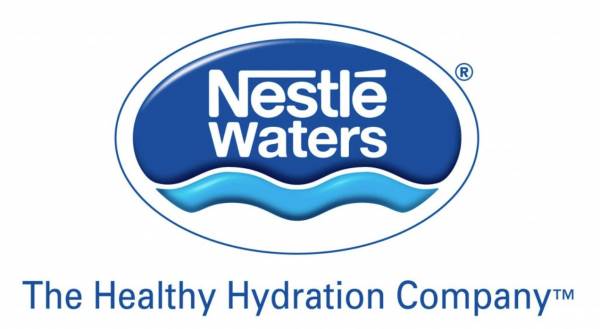
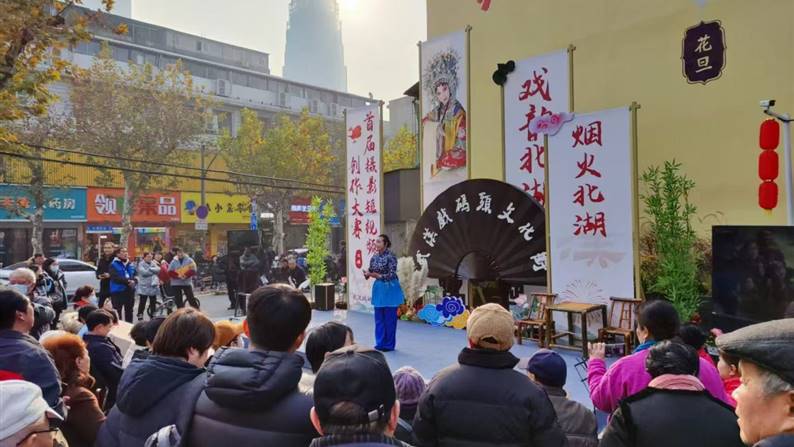
打造绿色低碳街区,奏响幸福美好生活最强音
10-18 · 来源:湖北省武汉市江汉区北湖街道环保社区 · 作者:湖北省武汉市江汉区北湖街道环保社区
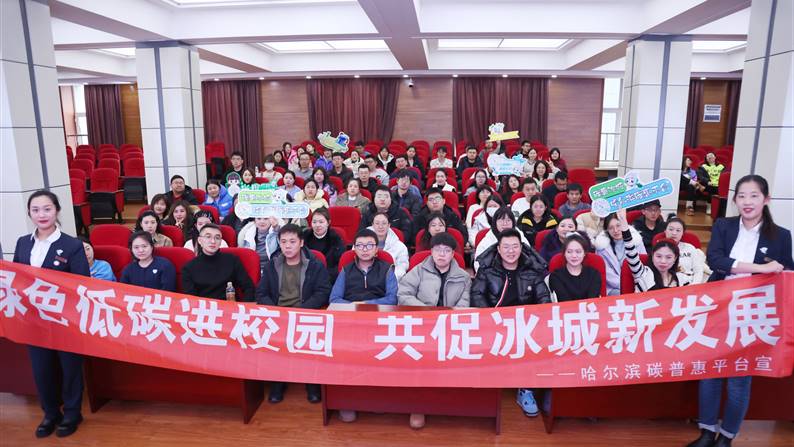
“碳惠冰城”:东北首个市级平台的“双碳”实践与冰城示范
10-15 · 来源:哈尔滨产权交易所有限责任公司 · 作者:哈尔滨产权交易所有限责任公司
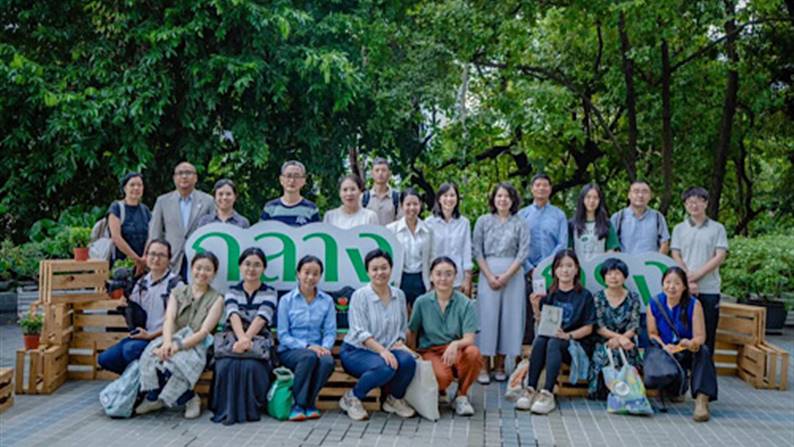
亚洲气候治理新篇章:中国公益代表团参访曼谷气候周,探索跨区域合作新路径
10-10 · 来源:公益时报 · 作者:公益时报